In a national context, TELEP Budapest has a quite unique way of operating—when you drop in for a drink, you support young artists. The model proved to be highly successful, the coolest place on Madách Square celebrated its 10th birthday last year and has a lot to be proud of. The ground-floor bar and terrace is packed in the evenings, and the gallery has been put on the map of the institutional art scene. It’s hard to put into words the atmosphere of the gap-filling exhibitions, late-night openings, film screenings and parties of the past decade, but—with the help of the founders and past curators—we try to write down the story of TELEP.
A crowd of young people is gathering on the terrace, fresh music is filling the air and, if it’s Thursday, you may just have caught an exhibition opening as well. After the event, you’re waiting for the pictures to be uploaded to Facebook, just in case Géza Talabér has shot a killer profile pic of you.
TELEP has maintained its exclusive position as one of the most vibrant places in Budapest’s Madách Square since 2011. A place where everyone, from high school students and young people looking to relax after work to creative professionals and art lovers, is welcome—even if it’s just for a drink. Ten years ago, the owners, Gergő Fábián, Sándor Kenyeres and Levente Trellay, set out to create a community-building art space with a catering unit attached. Since then, the upstairs space has been used as a gallery and the downstairs space as a bar.

The idea of TELEP came from Gergő Fábián and Lili Szert. “Geri was the manager of Godot Café at the time and really wanted to have his own place, while I was wondering how to create a cultural space that would be maintained by the revenue generated by catering, so that it could remain independent,” recalls Lili. Geri adds that they owe a lot to Zoltán Sáfár, the Godot Gallery and Café has been a model for them ever since.
And where does the name come from? In Paulay Ede Street, there was a service station where cars belonging to the prison were repaired. The guys wanted to take over this place, yet they didn’t succeed in the end. But they carried the name with them to the next place, the then still gaping empty Gozsdu Court, where TELEP opened as a pop-up for one summer in 2010. To prepare for the opening, everyone brought their friends. “Suddenly, we had about ten of us; everyone helped,” they recall. This was when Levente Trellay joined the team, who, together with Gábor Somoskői, designed and made the furniture and the counter. The summer was a huge success, with crowds coming to the workshops, film screenings and exhibitions. Lili Szert gave a chance to young artists to showcase their work, but occasionally a few big names also appeared in the highly genre-diverse program. Geri and Lili think back with fond memories of their first exhibition, the breathing sculptures of Marica Sipos (and with mixed emotions to the evening when Erika Szurcsik and Máté Tulipán’s crowd-engaging painting performance got so loud that the upstairs neighbor honored the audience with five liters of enamel paint).
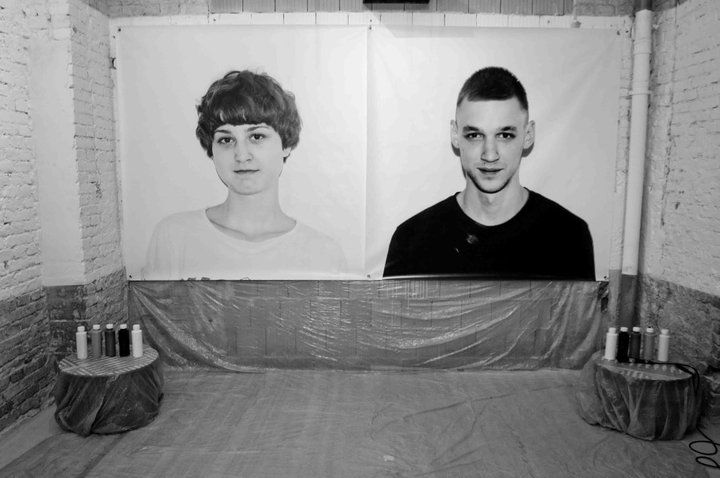
They wanted TELEP to be more than just a seasonal place. With Godot Gallery’s move to Bartók Béla Street, they saw the potential in the vacant space at Madách Square. Several people wanted to get involved in the founding, but by the time the planning reached the point where money was needed, Geri and Levi were the only two left.
“We broke our piggy bank, and I told Sanyi, my childhood friend, too. I knew he was winning a lot of money playing online poker at the time, so we asked him if he wanted to join,” remembers Geri of how the founding team was completed with Sándor Kenyeres.
With minimal resources and DIY solutions, they fixed up the space
The guys did all the refurbishment in the space themselves, demolishing, painting and tinkering. “We didn’t have a car, so we used skateboards to move the used refrigerators, and Levi would beg his mum for the car so we could go to IKEA,” says Sándor. TELEP opened in the spring of 2011, and for a while, they rented out the basement too; Ykra, Kukuri Crew and Faun Project had their workshops here. For some time, Lili ran the gallery’s programs, then she was succeeded by curator Patrick Urwyler, who brought the Chimera Project’s mainly street-art-focused exhibitions to TELEP. In 2013, Kristóf Kovács took over the gallery’s management, and at the time, he didn’t expect to stay for eight years. Kristóf appeared at TELEP many times as a guest, and that’s when he started his Art Theory studies at HUFA (Hungarian University of Fine Arts). The guys gave him a free hand in managing the gallery. During these years, due to Kristóf’s studies, the presence of HUFA students in the gallery was quite dominant. He says the first two years were a learning curve, and he considers the gallery part of the art establishment from 2015. From that year onwards, the gallery’s profile and mission became much clearer and a more consciously structured exhibition program got together: solo exhibitions of young emerging artists, solo exhibitions of a slightly older generation, thematic and group exhibitions came together in the calendar.
“Kristóf was enthusiastic and ventured far at the beginning, but he developed his own focused vision over the years. He put the gallery in a different position on the map. Even people who didn’t know the place before, or didn’t visit out of snobbery, came here,” says Geri. “In the time of Kristóf, there were articles published about the exhibitions, and he worked hard on documenting and archiving them,” adds Levente, who self-critically admits that sometimes it could not have been easy for Kristóf to work with them.

The place where you go to support young artists
The first thing that may come to mind when you think of TELEP is a pub gallery, but those who know the place well will know that TELEP is much more than that. Kristóf Kovács has done a lot to make the gallery one of the non-profit exhibition spaces that fill an important gap in the Hungarian art institutional system by providing opportunities for young artists. “We spend millions of forints every year on running the gallery, and we wouldn’t do it any other way,” say the founders, who believe it is important not to be dependent on a particular political establishment or sponsor.
Just how much depends on the wording? Kristóf reminds me: “I consciously strive not to say that this was a pub with a gallery above it, instead, to say it was a non-profit, independent gallery run by a catering unit. To this day, when I talk to people I know, they say that they were coming here because they knew that the money for the exhibitions came from the fact that they visit the place and consume here.”
Of course, this doesn’t mean that the bar + gallery setup is always a perfect symbiosis. As much as it provides the freedom, audience, and space for spontaneous social events and conversations, it can also pose a limitation in arranging the exhibitions when for example, you need to seat the consuming guests in the gallery during the cold season (when the terrace is off). You have to keep an eye on the balance between the catering unit and the gallery from time to time, but according to the guys, this is the romance of the place, this is what makes TELEP unique.
The first “settlers” now have families
“I noticed that I’m no longer the youngest person here,” says Levente, who, along with the others, mention that the audience has changed a lot in the last 10 years, not only at TELEP but also at Madách Square. In the beginning, a group of friends and acquaintances of the owners were the heart of the TELEP crew, but as the place grew in popularity, so did the community of visitors and guests. “It gives me a boost to see that we are going through a constant generational change; that’s the best thing,” says Sándor.
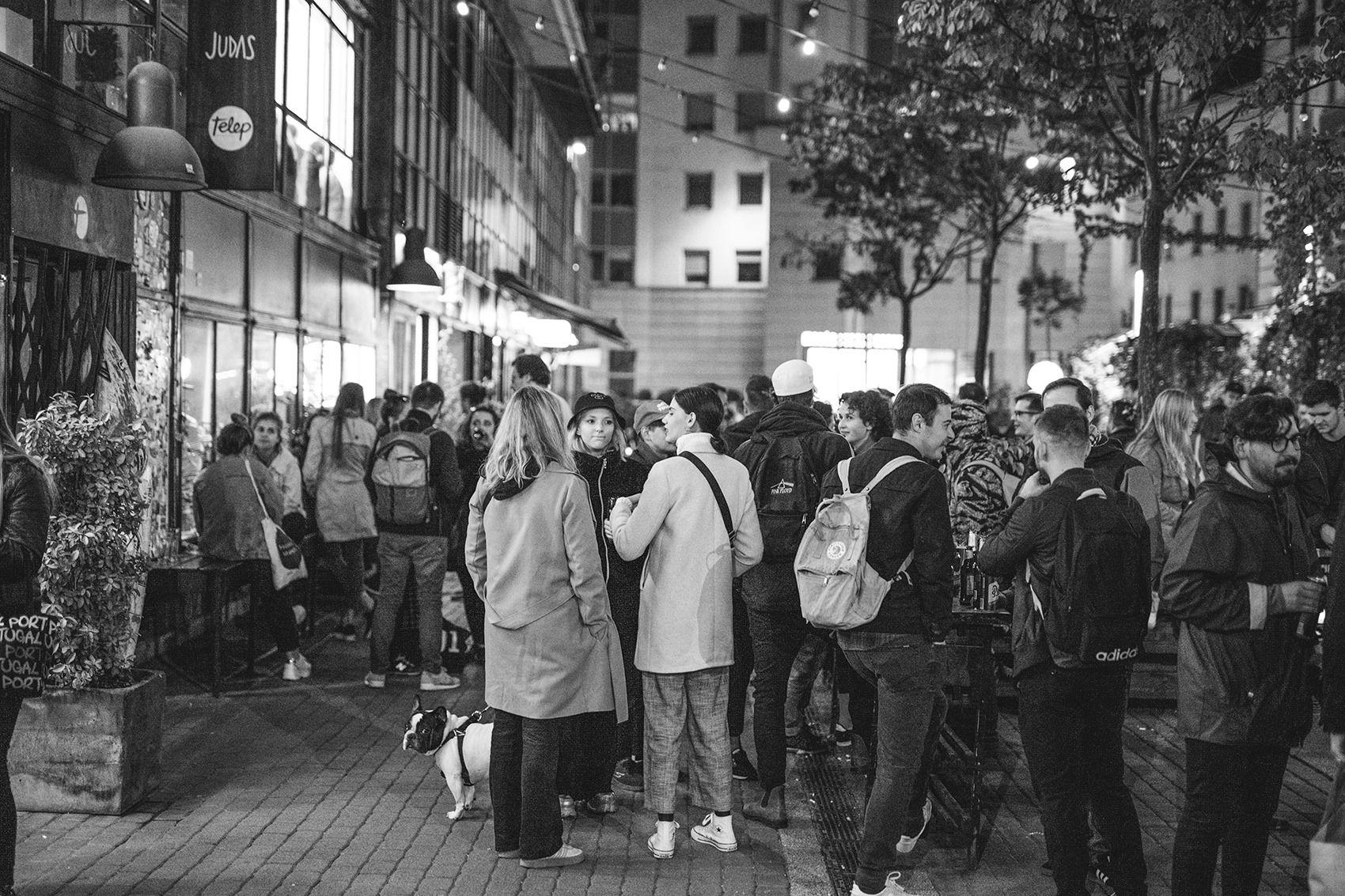
Awareness-raising exhibitions, the ominous henhouse and future prospects
And what was the most memorable exhibition of the last ten years? With mixed feelings, but as one person they reply at once: the exhibition of Sándor Márkus when chickens moved into the gallery space of TELEP for a week. Among their favorites, Sándor and Gergő mention the exhibitions of Géza Talabér, who has been photographing at TELEP since day 0, and Levente highlights the Bohóc Oldalak (Clown Pages) exhibition, which presented the story of the unique “homeless” joke journal and the story of its creator, Ferenc Gorcsakovszki. “This exhibition made me realize my role as a curator and how I wanted to relate to the visual arts,” says Kristóf, who also mentions the Electronic Beats This Is Not Disco exhibition, which showcased works responding to contemporary electronic music in Hungary, as one of his most memorable exhibitions.

Following a short break, after Kristóf Kovács left the gallery, from October 2021 onwards, Kitty Mayer and I will co-organize the exhibitions of TELEP. We value the achievements of the curatorial work that preceded us, the years-long process that put the gallery on the map of the institutional art scene. The aim of TELEP Gallery will continue to be showcasing the work of contemporary young artists, meanwhile, we also want the place to start to represent the niche role that it has played in the art scene over the last few years in the field of design culture—in line with our own professional experience and interests—with exhibitions that promote reflection and dialogue on design and contemporary material culture. Doing all this while respecting the community of TELEP and its place in the city’s fabric and ensuring that Madách Square remains one of the most exciting spaces in the seventh district, a key independent art space.
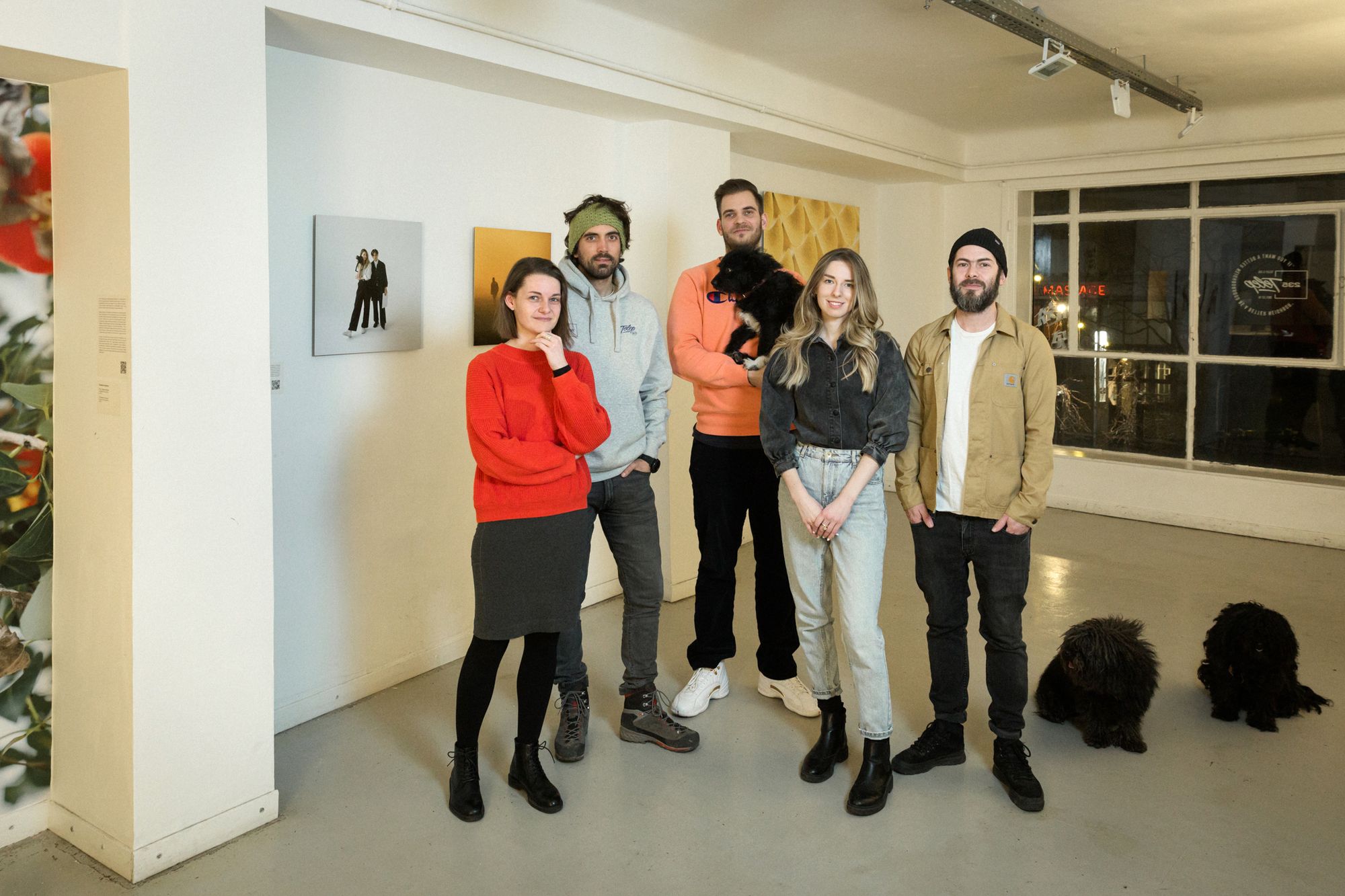
TELEP, Madách Imre Street 8., Budapest 1075
Cover photo: Balázs Mohai
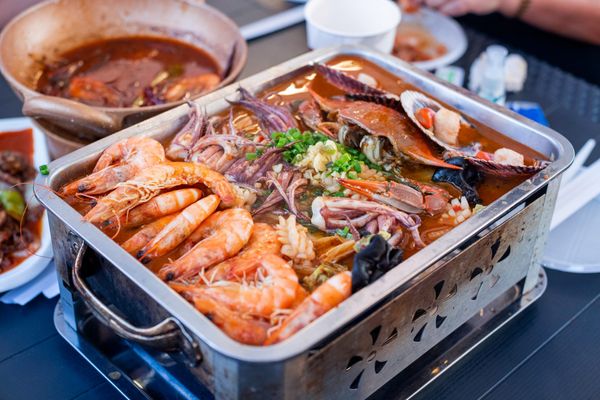
The magical world of Kőbánya—Chinatown in Budapest
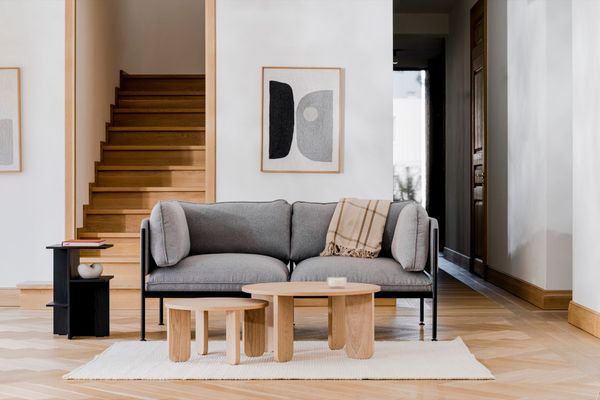
A sofa with endless possibilities










